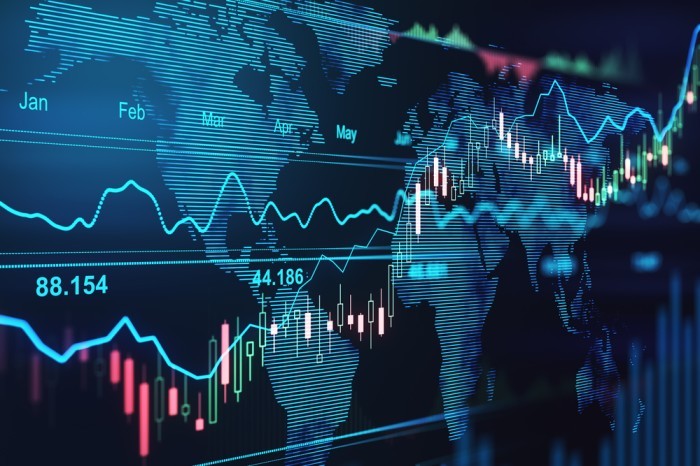Dow Jones Technical Analysis
The Dow Jones Industrial Average is a stock market index that measures the performance of 30 large, publicly-owned companies trading on the New York Stock Exchange and the NASDAQ. It is one of the most widely followed equity indices in the world and is often used as a barometer of the overall stock market.
Technical analysis is a method of evaluating securities by analyzing statistics generated by market activity, such as past prices and volume. It is based on the theory that market prices move in trends and that those trends tend to repeat over time. Technical analysts use various tools and techniques to identify trends and make predictions about future price movements.
When it comes to the Dow Jones Industrial Average, technical analysis can be used to identify potential support and resistance levels, trend reversals, and other important market signals. Traders and investors use technical analysis to make informed decisions about when to buy or sell stocks, and to manage their risk effectively.
Some of the most commonly used technical indicators for analyzing the Dow Jones Industrial Average include moving averages, relative strength index (RSI), and MACD (Moving Average Convergence Divergence). These indicators can help traders and investors identify potential entry and exit points, as well as confirm the strength of a trend.
In addition to using technical indicators, Dow Jones technical analysis also involves studying chart patterns, such as head and shoulders, double tops and bottoms, and triangles. These patterns can provide valuable information about the potential direction of the market and can be used to make more accurate predictions about future price movements.
Overall, Dow Jones technical analysis is a valuable tool for traders and investors who want to make informed decisions about the stock market. By analyzing past market data and using various technical indicators and chart patterns, individuals can gain a better understanding of market trends and make more accurate predictions about future price movements. This can help them to make more profitable trades and manage their risk effectively.
Новости
Финансовые новости
Технический анализ Dow Jones 21.03.2024

©
2023
Pelliron | Любое использование материалов допускается только с указанием активной ссылки на источник.

